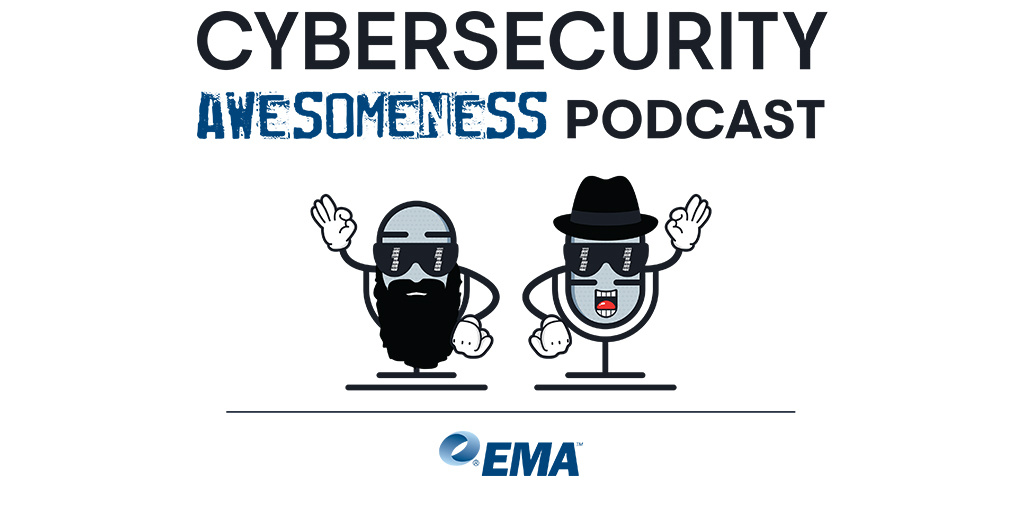In an era when cybersecurity threats continue to evolve at an unprecedented pace, organizations are seeking robust, goal-oriented solutions to identify and remediate security vulnerabilities effectively. Traditionally, penetration testing as a service (PTaaS) played a critical role in structured, systematic security assessments. However, as the industry shifts toward more dynamic and continuous testing models, it is becoming increasingly clear that PTaaS needs a redefinition—one that includes the advantages of bug bounty programs under its umbrella.
From Structured Testing to Goal-Oriented Security Models
The primary objective of both PTaaS and bug bounty programs is the same: identify and remediate security vulnerabilities before attackers can exploit them. While PTaaS has long been associated with dedicated security professionals conducting predefined assessments, bug bounty programs leverage a global pool of independent researchers to dynamically discover vulnerabilities. By focusing on the shared goal of improving an organization's security posture, it makes sense to integrate bug bounty methodologies into a more holistic PTaaS model. This goal-oriented approach prioritizes the desired outcome—proactive and effective vulnerability management—over the specific testing method used.
Industry Trends: Hybrid Models and In-House Testers
Forward-thinking vendors have already started to blur the line between traditional PTaaS and bug bounty models. Some platforms offer managed, crowdsourced security testing within a structured framework, demonstrating the viability of hybrid models. At the same time, other vendors have adopted an approach akin to bug bounty programs by bringing testers in house or working with contracted security researchers. This model retains the flexibility and dynamic testing benefits of bug bounty programs while ensuring consistent compliance and reporting standards through controlled engagements.
The Benefits of a Hybrid PTaaS Model
Combining structured PTaaS methodologies with the dynamic, real-world insights that bug bounty programs provide several key benefits:
- Scalability. Organizations gain access to a global talent pool, enabling rapid scaling of security testing efforts.
- Cost-Effectiveness. The pay-per-vulnerability model of bug bounties can reduce costs compared to fixed-price PTaaS contracts.
- Continuous Coverage. While traditional PTaaS might operate on a schedule, bug bounty programs provide an always-on approach to testing.
- Broader Risk Coverage. Bug bounty researchers often discover vulnerabilities outside of defined testing scopes, helping to identify unknown risks.
Addressing Compliance and Structured Reporting
One of the challenges of integrating bug bounty programs into PTaaS is aligning with regulatory and compliance requirements. However, hybrid models evolved to address this concern by incorporating:
- Clear Testing Scopes. Establishing defined rules of engagement for external researchers.
- Service-Level Agreements. Ensuring structured triage, validation, and reporting of findings.
- Managed Services. Hybrid vendors offer a centralized approach to managing bug bounty activities, which helps maintain the compliance and structured reporting traditionally associated with PTaaS.
The Path Forward: A Goal-Oriented Redefinition
To meet the growing demand for flexible and effective security testing, the industry should redefine PTaaS as:
“A goal-oriented security testing model focused on identifying and remediating security vulnerabilities through a combination of structured penetration testing and dynamic testing methodologies.”
This redefinition acknowledges the evolving security landscape while emphasizing the ultimate goal of a stronger security posture. It simplifies PTaaS to be goal-oriented and provides organizations with a unified framework to manage both traditional and crowdsourced testing initiatives efficiently.
As threats become more sophisticated, security testing methodologies must evolve accordingly. A goal-oriented approach to PTaaS—one that embraces the power of bug bounty programs—provides organizations with the flexibility, scalability, and real-world insights needed to stay ahead of potential threats.
By integrating structured assessments with dynamic vulnerability discovery, organizations can achieve a balanced and proactive security strategy that not only meets compliance requirements, but also offers a robust defense against emerging risks.



